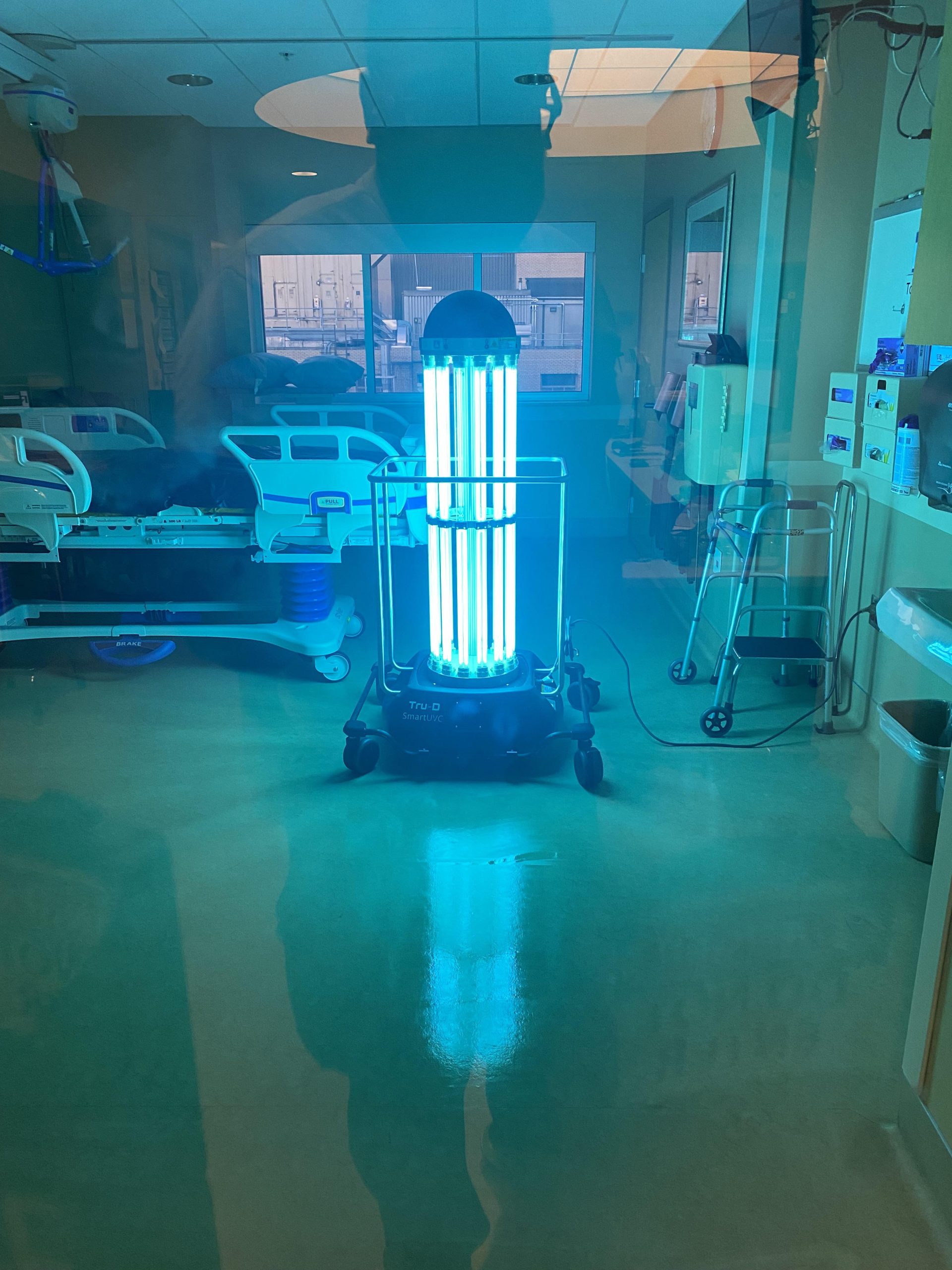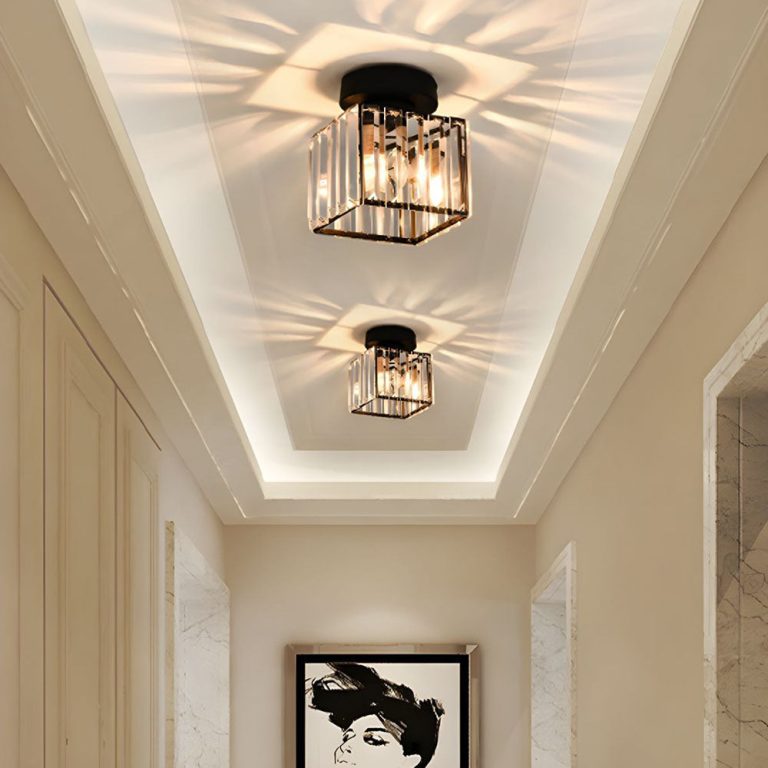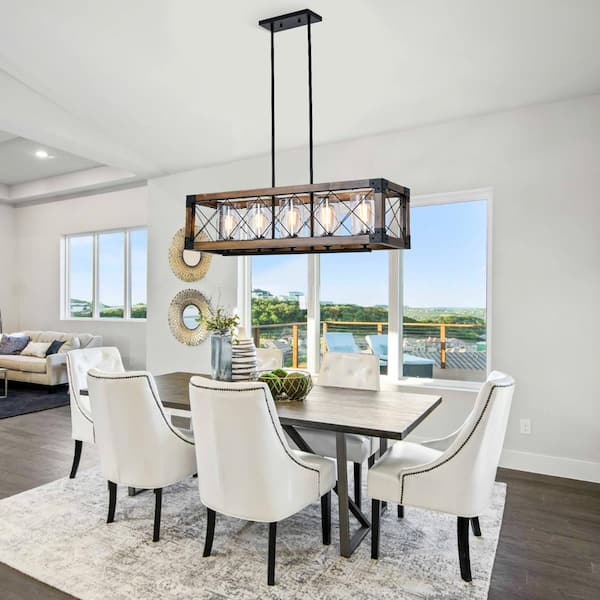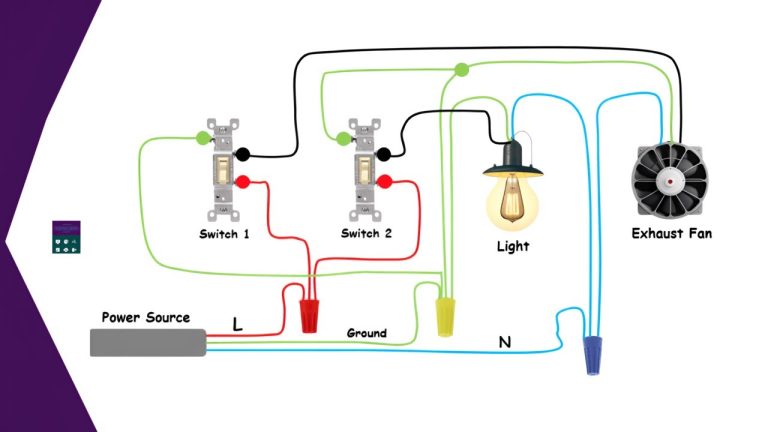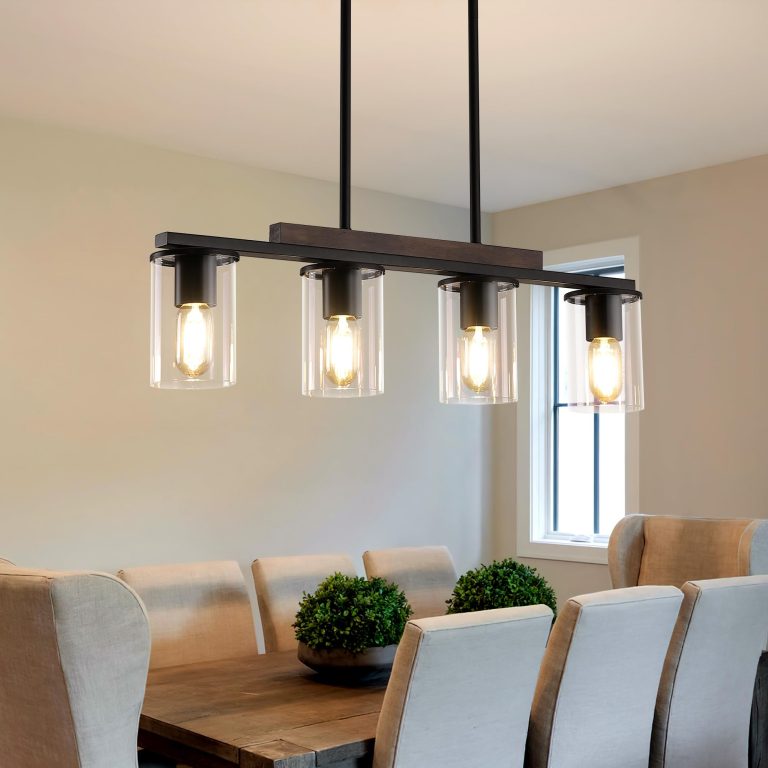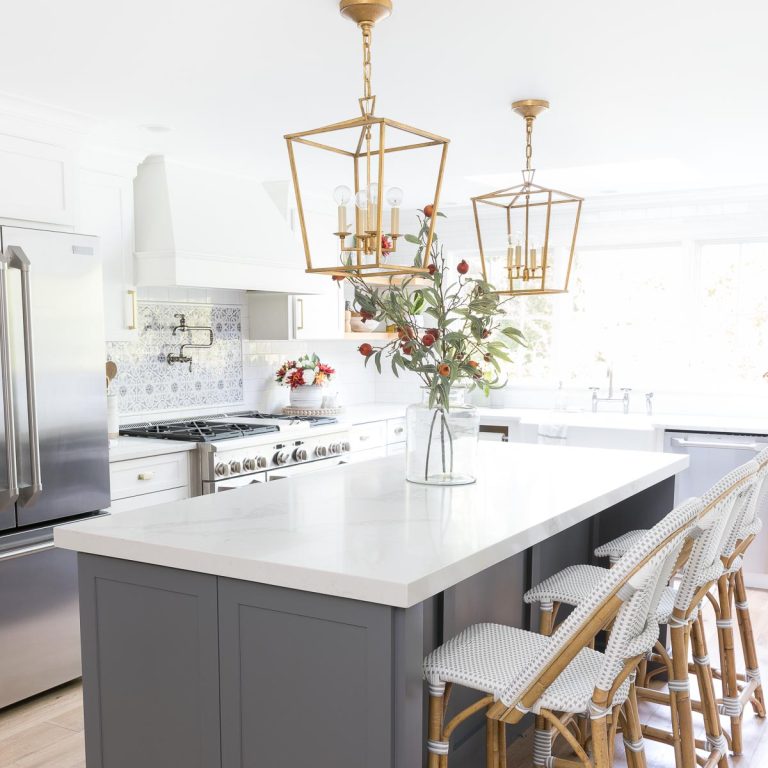Does Room Light Have UV? Uncover the Hidden Truth
Does room light have UV? Most standard room lights, like LED and incandescent bulbs, emit little to no UV (ultraviolet) light. However, some fluorescent and halogen bulbs can emit small amounts of UV. Generally, indoor lighting is safe and not a significant source of UV exposure.
When you hear about UV light, you probably think of the sun or tanning beds, but could it be hiding right in your living room? This article will shed light on whether the bulbs in your home emit UV rays and what that means for you.
By the time you finish reading, you’ll know whether you need to make changes to your lighting choices or whether you can relax under your current glow. Keep reading to uncover the unseen aspects of your room’s illumination and ensure your home is a safe and comfortable haven for you and your loved ones.
Does Room Light Have UV?
Room Lighting Basics
Room lighting is an essential aspect of any home or office environment. It affects your mood, productivity, and even your health. You might be surprised to learn that not all room lights emit UV rays, which are known for their harmful effects on skin and eyes. Understanding the basics of room lighting can help you make informed decisions about your lighting choices.
When you’re setting up a room, the type of lighting you choose can make a big difference. Think about how you use the space—do you need bright lighting for work or soft lighting for relaxation? Different types of bulbs can create different atmospheres.
LED and fluorescent bulbs are popular choices. LED lights are energy-efficient and long-lasting. Fluorescent bulbs are less expensive but can sometimes flicker, which might be annoying.
Natural light is also a fantastic option. If your room has windows, maximize natural light during the day. This can reduce the need for artificial lighting and save on electricity bills.
Read More: Do Lights Make a Room Hotter? Uncover the Truth
Does Your Room Light Have Uv?
Most indoor lights do not emit UV rays. LED and incandescent bulbs are generally safe in this regard. However, some fluorescent lights can emit low levels of UV radiation.
Have you ever noticed a sunburn-like sensation after spending hours under certain lights? That’s a rare occurrence, but it could be due to UV emissions from specific types of bulbs.
It’s worth checking the specifications of your bulbs if UV exposure is a concern. Many manufacturers provide detailed information about their products’ UV emissions.
Choosing The Right Bulb
Choosing the right bulb is not just about UV emissions; it’s also about finding the right brightness and color temperature. Brightness is measured in lumens, while color temperature is measured in Kelvin.
Do you prefer a warm, yellow light or a cool, blue light? Your choice can affect the ambiance of your room. Warm lights are often associated with relaxation, while cool lights can boost alertness and focus.
Consider dimmable bulbs for flexibility. They allow you to adjust the lighting based on your activities or the time of day.
Lighting Placement Tips
Where you place your lights matters as much as what kind of lights you use. Have you ever walked into a room and felt like the lighting was off? Proper placement can make a room feel more inviting and functional.
Aim for a mix of ambient, task, and accent lighting. Ambient lighting provides overall illumination, task lighting focuses on specific areas, and accent lighting highlights features like artwork or architectural details.
Use lamps and ceiling lights strategically. Position them to avoid shadows and ensure even light distribution. This can enhance both aesthetics and functionality.
Final Thoughts
Room lighting is more than just a necessity; it’s an art. Think about how it impacts your daily life. Does it make you feel energized, relaxed, or something else entirely?
Next time you’re choosing lights, consider their impact on your health and well-being. You might find that a small change makes a big difference.
What lighting choice will you make today?
Read More: Where Should Call Lights Be Placed for Safety and Access?
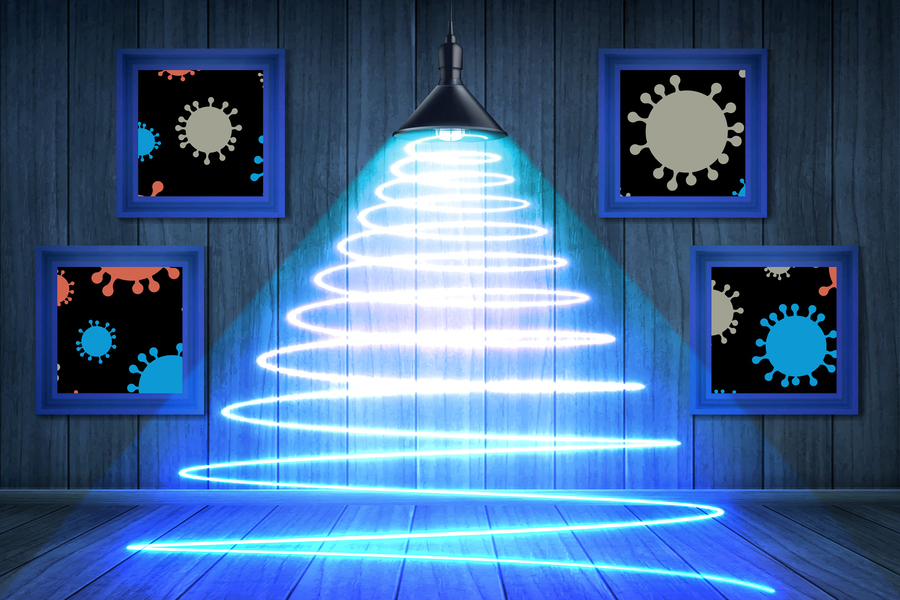
Credit: news.mit.edu
Types Of Room Lights
When choosing room lights, understanding the types available can help you decide the best lighting for your needs. Each type of light has unique characteristics, affecting both ambiance and practicality. But have you ever wondered if your room light emits UV? Let’s dive into the various types of room lights and see how they differ.
Incandescent Lights
Incandescent lights are the traditional bulbs most of us grew up with. They produce a warm, cozy glow that many find comforting. However, they are not known for emitting UV light. These bulbs work by heating a filament until it glows, and while they’re great for ambiance, they can be energy inefficient.
Led Lights
LED lights have become increasingly popular due to their energy efficiency and long lifespan. They provide bright light and come in various colors. Unlike incandescent bulbs, LED lights don’t emit UV light, making them a safe choice for prolonged exposure. Have you ever switched to LEDs and noticed a drop in your electricity bill?
Fluorescent Lights
Fluorescent lights are commonly found in offices and kitchens. They emit UV light, but it’s usually minimal and contained. The coating on the bulbs converts UV to visible light, which is why they’re often used in spaces needing bright, consistent lighting. If you’ve ever worked under fluorescent lights, did you feel the difference in brightness compared to other bulbs?
Halogen Lights
Halogen lights are similar to incandescent lights but more efficient. They produce a white light that is often used in spotlights and outdoor lighting. These bulbs can emit some UV light, so it’s crucial to use them appropriately, especially in spaces where UV exposure may be a concern. Ever noticed how halogen lights can make colors pop in your room?
Smart Lights
Smart lights are the latest trend, offering control via apps or voice commands. They can change colors, dim, and even sync with music. Most smart lights are LED-based, so they don’t emit UV light. Imagine setting the perfect mood for your dinner party with just a tap on your phone!
Choosing the right type of room light can transform your living space and impact your daily life. So, what type of light are you leaning towards for your home? Consider the ambiance you want to create and any UV concerns you might have.
Sources Of Uv In Lighting
Many people wonder if the room lights emit UV radiation. Understanding the sources of UV in lighting can help address these concerns. Different types of lighting produce varying levels of UV. Some light sources emit more UV radiation than others. Let’s explore these lighting sources.
Fluorescent Lights
Fluorescent lights are common in homes and offices. They use a mercury vapor inside the tube. When this vapor is excited, it produces UV radiation. The tube’s coating converts UV into visible light. Despite this conversion, small amounts of UV may escape.
Incandescent Bulbs
Incandescent bulbs are less common today. They produce light by heating a filament. This process generates very little UV radiation. These bulbs are not significant UV sources. Their warm glow is mainly visible light.
Led Lights
LED lights are popular for energy efficiency. They produce light using semiconductors. LEDs emit negligible UV radiation. Most LEDs are considered safe. They are ideal for environments sensitive to UV exposure.
Halogen Lamps
Halogen lamps are similar to incandescent bulbs. They use a tungsten filament in a gas-filled environment. This design emits more UV than standard incandescent bulbs. Some halogen lamps have UV filters to reduce emissions.
Metal Halide Lamps
Metal halide lamps are powerful and bright. Used in stadiums and large areas, they emit significant UV radiation. These lamps require protective measures. UV filters are often necessary to minimize exposure.
Effects Of Uv Exposure Indoors
Have you ever wondered if the light in your room could be affecting your health? While UV exposure is typically associated with the sun, it can also occur indoors. Understanding the effects of UV exposure inside your home is important for safeguarding your well-being and making informed choices about your living environment. Let’s delve into the nuances of indoor UV exposure and its impact on your health.
What Is Uv Exposure Indoors?
UV exposure indoors can come from various sources such as fluorescent and halogen lights. These lights emit small amounts of UV radiation. However, it is significantly less than what you would be exposed to outdoors. Despite the lower levels, prolonged exposure can have consequences for your skin and eyes.
Potential Health Risks
Even minimal UV exposure indoors can lead to skin damage over time. You might notice changes in skin texture or an increase in pigmentation. This is especially true for individuals who spend a lot of time under fluorescent lighting. Protecting your skin with clothing or sunscreen indoors might sound odd, but it could be beneficial.
Impact On Eye Health
Did you know that UV exposure can also affect your eyes? Indoor lights can contribute to eye strain and even increase the risk of cataracts. If you often find yourself squinting or experiencing headaches, it might be worth examining the lighting in your home. Consider investing in UV-filtering glasses or adjusting your lighting setup.
Protecting Yourself Indoors
How can you minimize UV exposure indoors? One practical step is to choose LED lighting, which typically emits less UV radiation. You could also install UV-blocking window films to reduce exposure from sunlight entering your room. It’s surprising how such small adjustments can make a big difference.
Reflecting On Your Environment
Have you ever considered how much time you spend under artificial lighting? Pause for a moment to think about your daily routine. If you work from home or spend long hours indoors, it might be worthwhile to reassess your lighting choices. Are they contributing to your well-being or inadvertently causing harm?
Understanding the subtle effects of UV exposure indoors can empower you to create a healthier living space. Take charge of your environment and make changes that support your health and comfort. Your home should be a sanctuary, not a source of hidden risks. What changes will you make today?
Choosing Safe Lighting Options
Room lights usually do not emit UV rays, unlike sunlight. Incandescent and LED bulbs are generally safe options. These lights minimize the risk of UV exposure indoors, ensuring a comfortable and safe environment for daily activities.
Choosing the right lighting for your home isn’t just about aesthetics or energy efficiency. It’s also about ensuring the safety and health of everyone under your roof. You might be surprised to learn that some room lights can emit ultraviolet (UV) rays, which can have both beneficial and harmful effects. Are you unknowingly exposing yourself to UV radiation right in your living room?
Understanding Uv Radiation In Common Lighting
Many people assume UV exposure is only a concern outdoors under the sun. However, certain indoor lighting options, especially older technologies, can emit UV rays. Fluorescent lights, for example, can leak UV radiation if they’re not properly shielded. It’s essential to check the specifications of your lights and consider upgrading if necessary.
Opting For Led Lights
LED lights are a safer option when it comes to minimizing UV exposure. Unlike fluorescent bulbs, LEDs produce very little to no UV radiation. They’re also more energy-efficient and have a longer lifespan. Switching to LED lighting can be a simple step to enhance your home’s safety and reduce your environmental footprint.
Using Lampshades And Diffusers
Another practical approach to reducing UV exposure is by using lampshades and diffusers. These accessories can block or filter the light, minimizing any potential UV emission. They also help in creating a softer, more pleasing ambiance in your rooms. Have you considered how a simple lampshade could make your space safer and more inviting?
Regular Maintenance And Monitoring
Ensuring your lighting is safe isn’t a one-time task. Regularly check your light fixtures and bulbs for damage or signs of wear. Broken or cracked bulbs are more likely to leak UV rays. By maintaining your lights, you can ensure they remain a safe and effective part of your home environment.
Consulting With Lighting Professionals
Sometimes, navigating the world of lighting can be confusing. Consulting with a lighting professional can provide clarity and peace of mind. They can assess your current setup and recommend safer alternatives if needed. Have you ever thought about how a simple consultation could transform your home’s safety?
Choosing safe lighting options is an ongoing process of evaluation and adaptation. By paying attention to the types of lights you use and how you use them, you can create a healthier living space for you and your loved ones.

Credit: www.vox.com
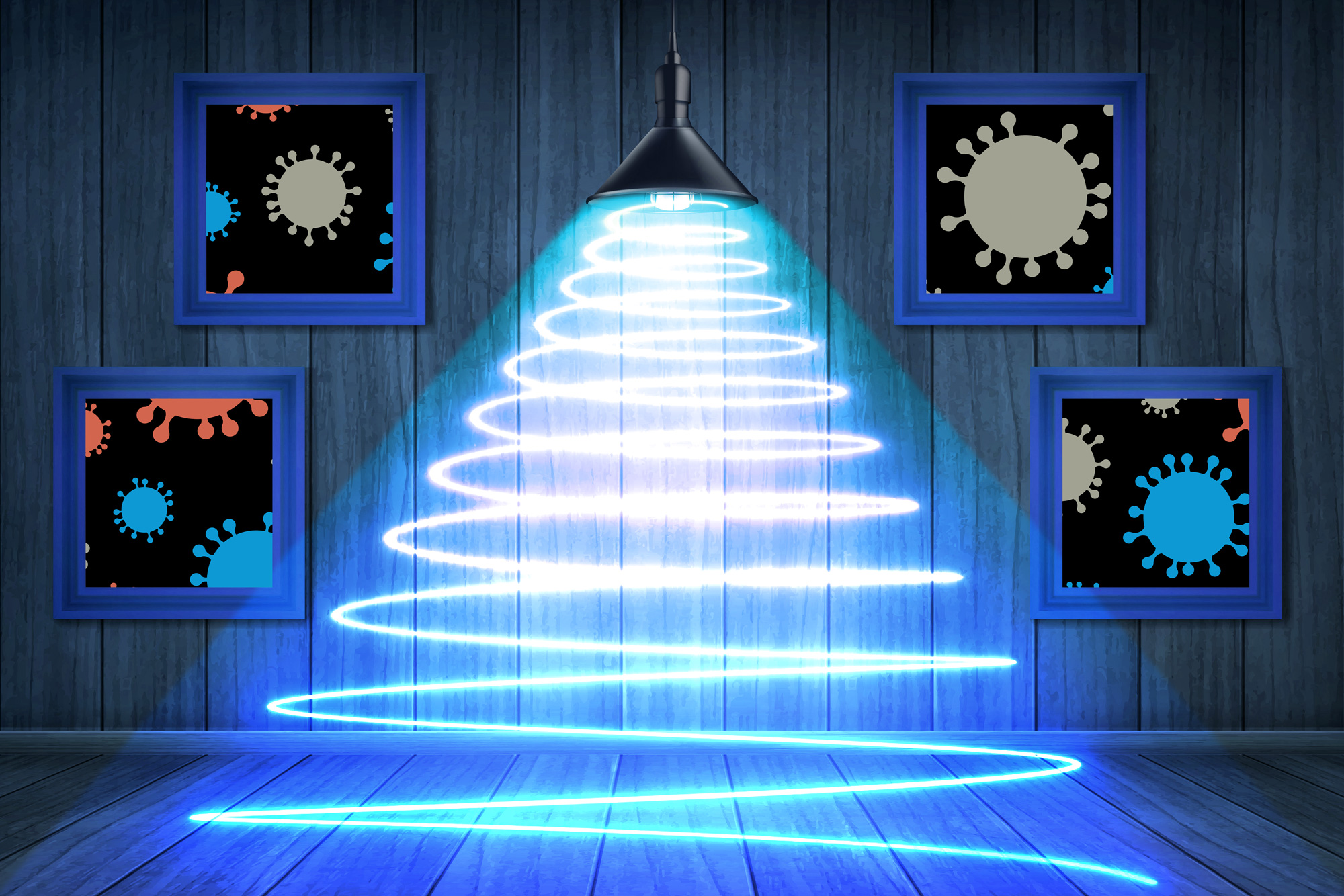
Credit: news.mit.edu
Frequently Asked Questions
Does Room Light Emit Uv Rays?
Most room lights, like LEDs and fluorescents, emit minimal UV. Incandescent bulbs emit none.
Can Uv Light Affect Indoor Plants?
UV light can impact indoor plants. Low UV exposure may encourage growth. High UV can damage leaves.
Is Uv Light Harmful To Skin Indoors?
Indoor UV exposure is usually low. High UV can cause skin damage. Sunscreen helps reduce risk.
Conclusion
Room lights usually emit little to no UV radiation. Most bulbs, like LEDs and fluorescents, are safe. Natural light from windows can have UV rays, though. It’s important to be aware of your lighting choices. Use bulbs labeled as “UV-free” if concerned.
Protect your skin by using sunscreen indoors if needed. Regular checks of your lighting can help maintain safety. Remember, not all light sources are the same. Always choose wisely to create a safe environment. Keep your spaces bright and healthy without unnecessary UV exposure.

